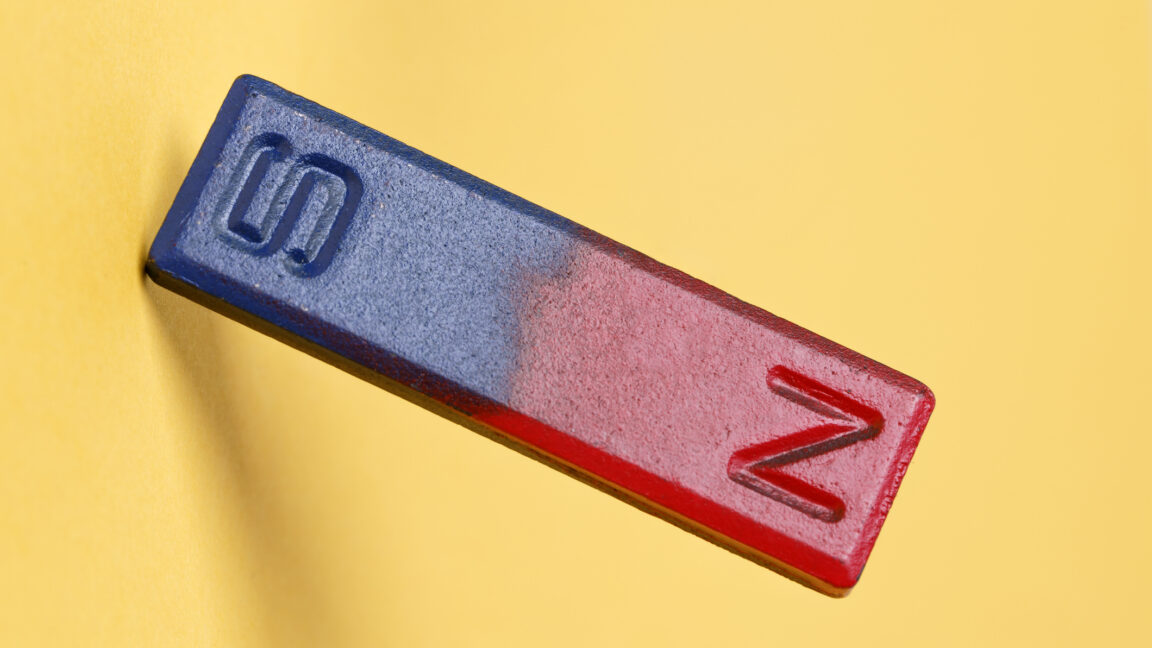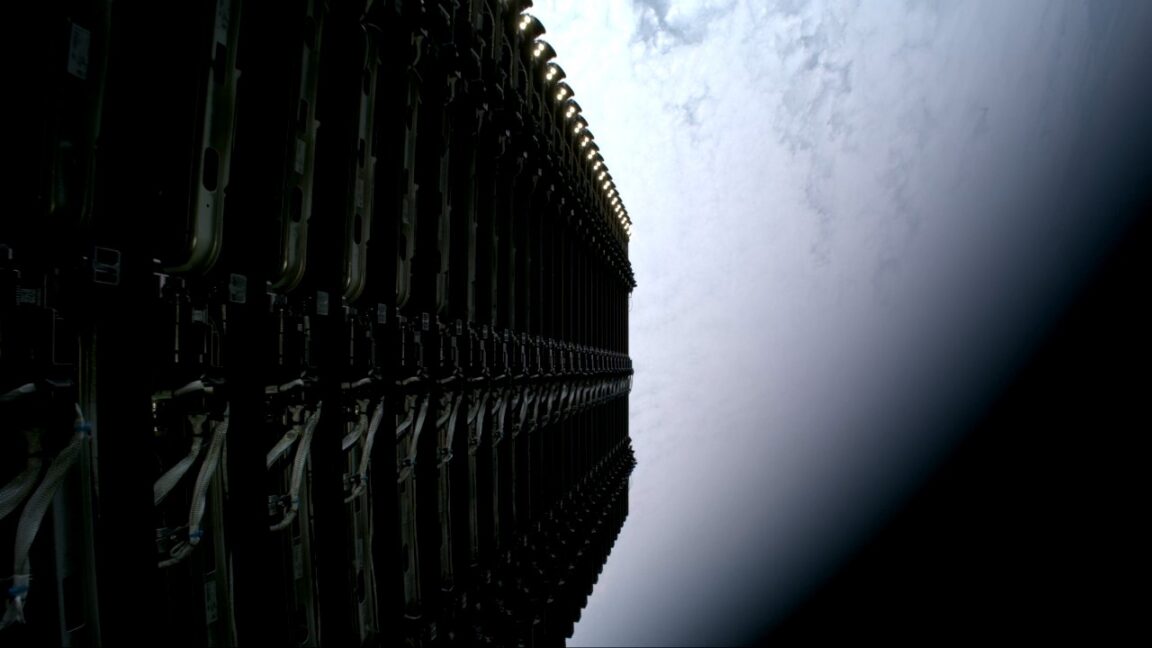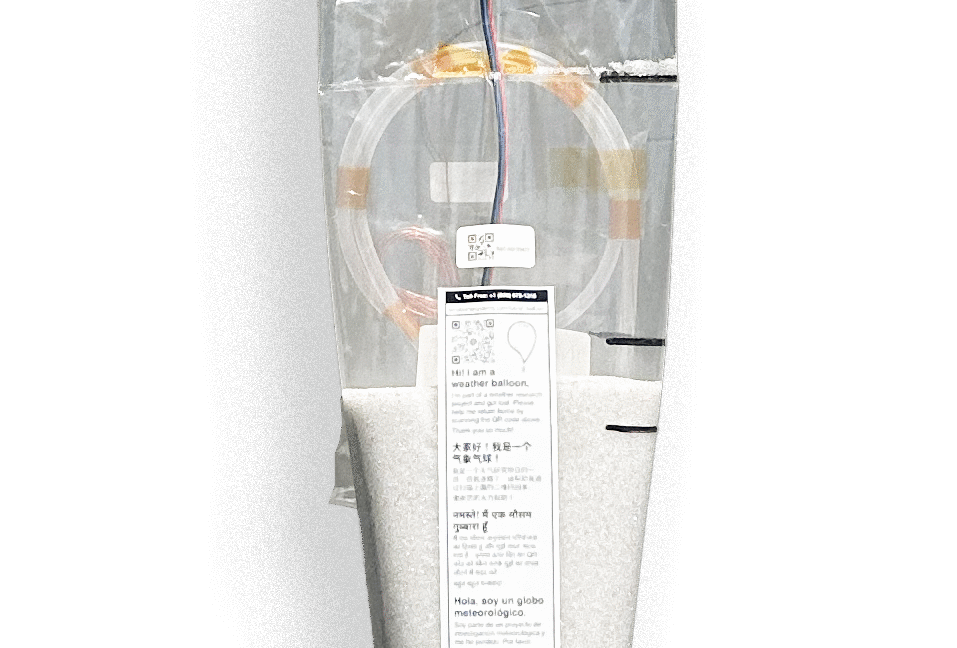
All the world’s discarded phones, bricked laptops, and other trashed electronics are collectively a treasure trove of rare earth elements (REEs). But separating out and recovering these increasingly sought-after materials is no easy task.
However, a team of researchers says it has developed a way of separating REEs from waste—magnets, in this case—that is relatively easy, uses less energy, and isn’t nearly as emissions and pollution intensive as current methods. The team published a paper describing this method in the Proceedings of the National Academy of Sciences.
In short, this process involves using an electric current to heat waste magnets to very high temperatures very fast, and using chlorine gas to react with the non-REEs in the mix, keeping them in the vapor phase. James Tour, one of the authors and a professor of materials science and nanoengineering at Rice University, says that the research can help the United States meet its growing need for these elements.
“The country’s scurrying to try to see how we can get these [REEs],” he says. “And, in our argument, it’s all in our waste… We have it right here, just pull it right back out of the waste.”
Getting hot in here
In 2018, Tour and his colleagues discovered that this rapid heating process, called flash joule heating, can turn any carbon source—including coal, biochar, and mixed plastic—into graphene, a very thin, strong, and conductive material.
Building on this, in 2023, they developed a method that uses flash joule heating and chlorine. In this work, they identified the Gibbs free energy, the reactivity of a material, for the oxide form of all 17 REEs and nine common oxides found in REE waste.
Ground-up waste magnets are put on a platform made of carbon and surrounded by a glass chamber. A current runs through the platform, rapidly producing immense heat, thousands of degrees celsius in a matter of seconds. Chlorine gas is then released into the chamber, creating chlorides of unwanted elements like iron and lowering their boiling points.
















Leave a Reply